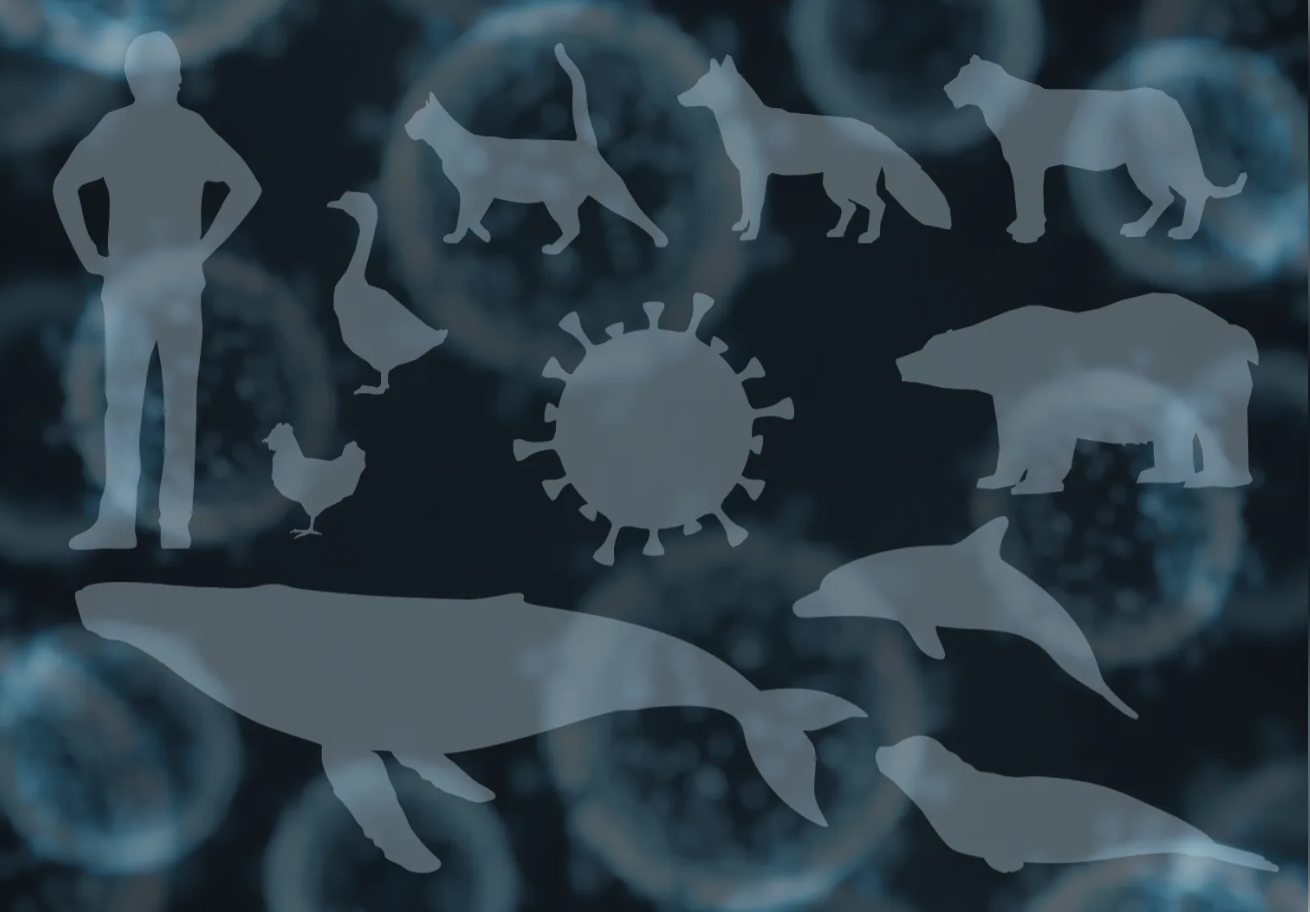If you live in an area where drought and water restrictions
put a damper on your landscape each year, Abelia may be the
perfect plant for you.
“Abelia is an extremely tough plant,” said Carol
Robacker, a research horticulturist with the University of
Georgia College of Agricultural and Environmental Sciences.
“It grows fast, and it’s insect-, disease- and
drought-resistant,” she said. “I’ve seen Abelia
blooming in the middle of the summer with no water in a full sun
location.”
Like any plant, you first have to allow its root system to
establish. But after that, Abelia is a hands-off, independent
kind of plant.
“You basically don’t have to water it,” Robacker
said. “It survives in very tough environments without being
watered, other than when it rains.”
Abelia, also known as “glossy Abelia,” is a
hedge-type shrub typically used for foundation planting around
commercial buildings and homes. It’s a semi-evergreen that
grows 8 to 10 feet tall.

Abelia has small, bell-shaped flowers from May until the
first
frost. It’s a member of the honeysuckle family. The most common
cultivars are “Edward Goucher” (purple flowers),
“Confetti” (white flowers and a white margin on leaves)
and “Francis Mason” (white flowers and yellow variegated
leaves).
So if Abelia is so wonderful, why aren’t more people planting
it?
“It could use some aesthetic improvements,” said
Michele Scheiber, a UGA graduate student. “The flowers are
very small, so much so that many people don’t realize the plant
has flowers. You have to walk right up to the plant to see
them.”

To increase Abelia’s popularity, UGA horticulturist Michael
Dirr has started a breeding program. Robacker and Scheiber are
breeding new varieties in their Griffin, Ga., greenhouses and
labs.
“We need to make the plant more attractive so people will
use it more,” Scheiber said. “To do this, we need more
flower-color choices. And the plant needs to be more
compact.”
To make prettier, smaller abelias, Scheiber is crossing the
current cultivars with species common to Mexico and Japan.
“The Mexican abelia produces large, magenta
flowers,” Scheiber said. “This species is very
attractive and grows more like a vine than a bush.”
On the downside, the Mexican abelia is not cold-hardy and may
not survive winter temperatures in middle to north Georgia.
The Japanese species, A. Serrata, has yellow
blossoms. Scheiber has made some successful plant crosses using
glossy Abelia and the Mexican and Japanese species. But it
will take years of research to develop new Abelia varieties.
Until then, the current varieties may not be flashy plants,
but they’re definitely hardy. “Around here, we call Abelia
the gas station plant,” Robacker said. “You could plant
it beside a gas station surrounded by asphalt and forget about
it, and it would still survive and thrive.”




